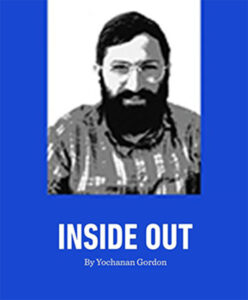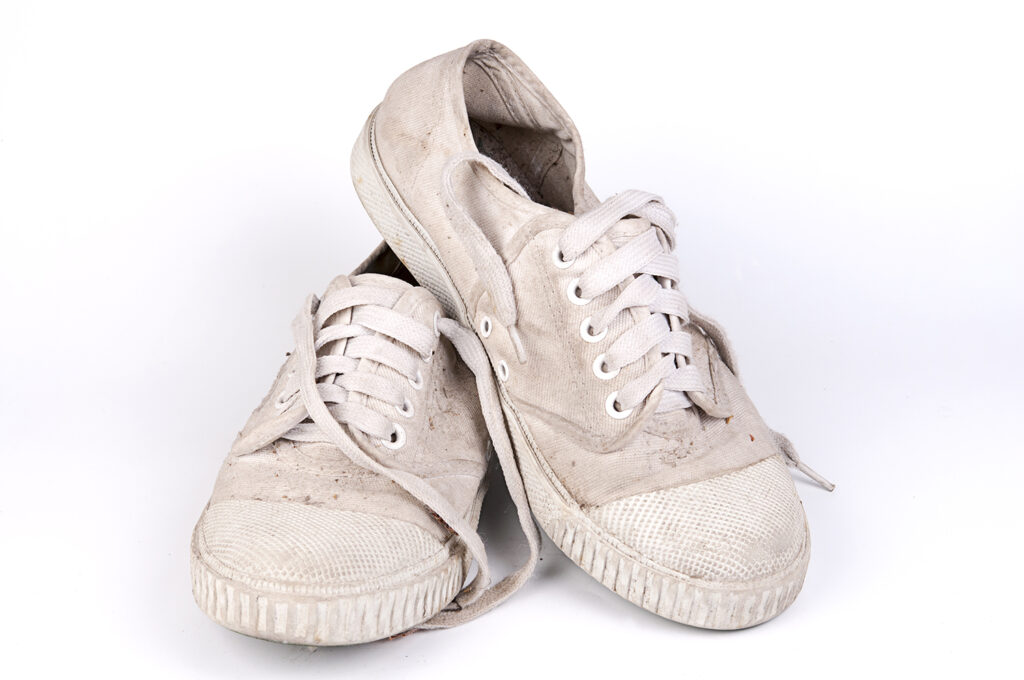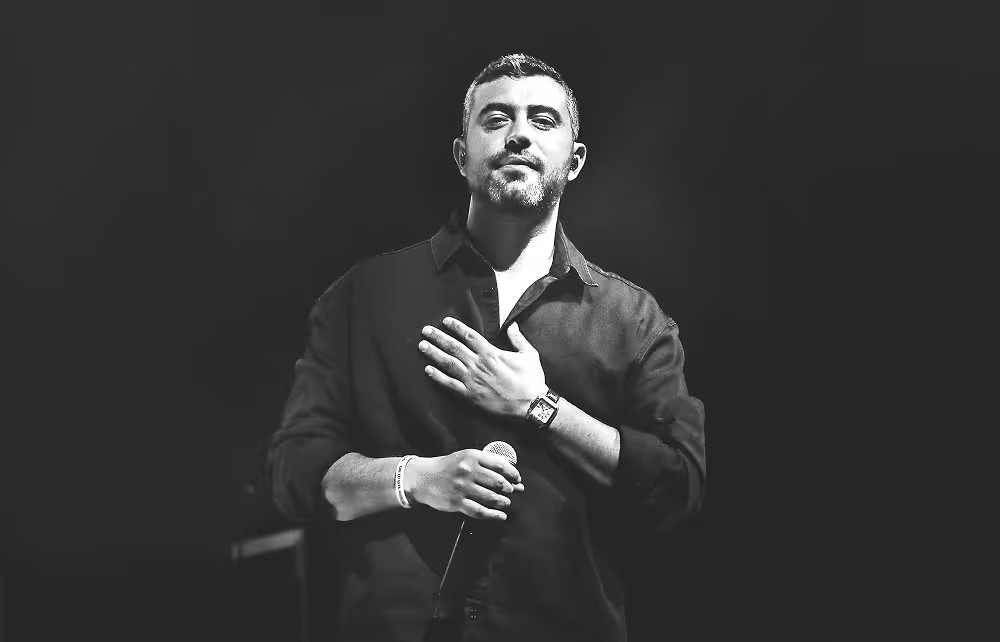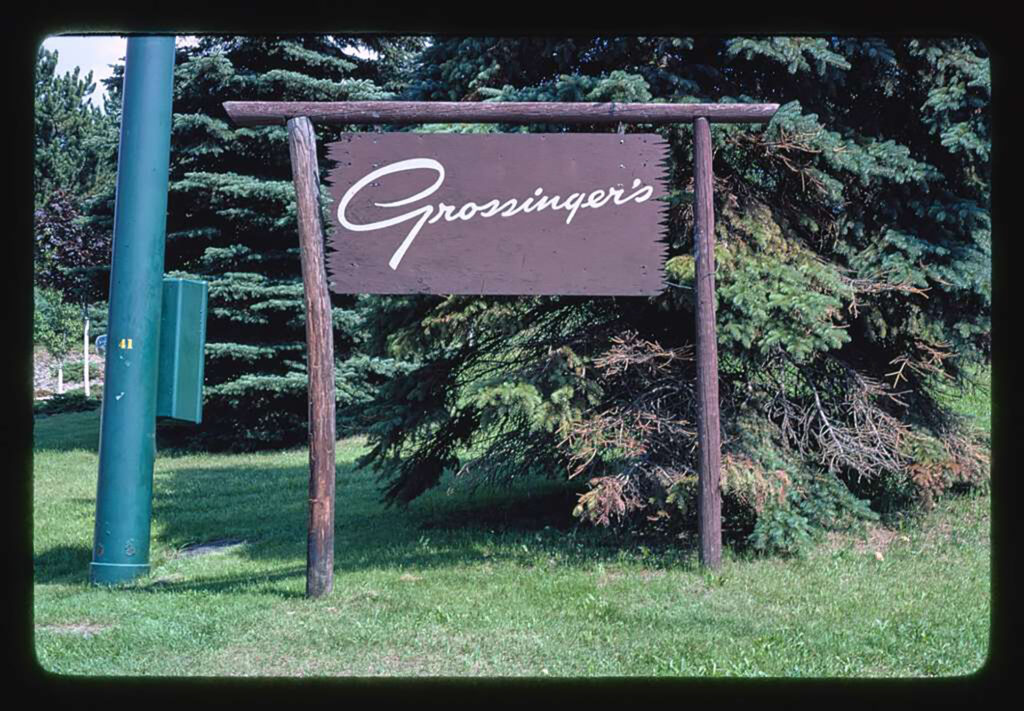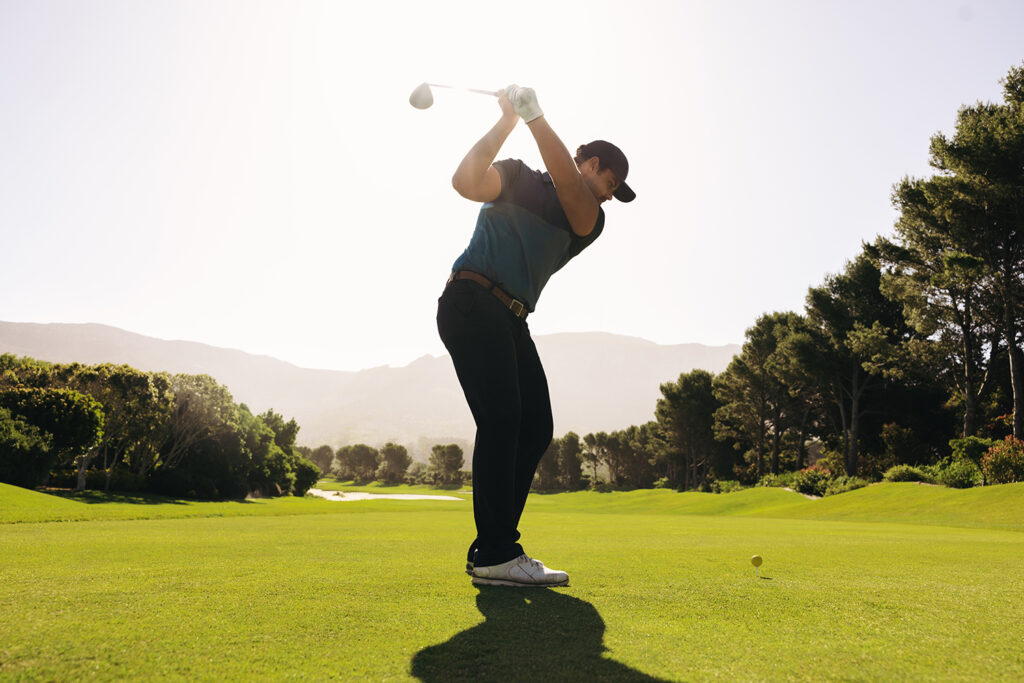On Shoes
By Larry Gordon
When we lived in Brooklyn over near Kings Highway, there was a shoe repair shop by the name of “On On Shoes.” It struck me as an odd name for a store and once when I was in the shop, I observed the proprietors were from the Far East and I guessed they were speaking Chinese.
That sort of answered the question that was lingering in my mind, and without any further inquiry, I figured that they must have come up with the name because, after all, what do you do with shoes? You put them on. And if you happen to have two shoes (as we all do) that would add up to “On On.” There’s no other plausible explanation. And that’s the end of that story.
Anyway, one of the main observances of Tishah B’Av that shows our degree of mourning is removing our leather shoes for 25 hours and donning only footwear made of plastic, rubber, wood, or cloth.
Thankfully, over the years, the type of footwear we can choose from has expanded appreciably. If we were to survey what type of shoe is most frequently worn on Tishah B’Av and Yom Kippur, the top choices would be sneakers, Crocs, and flip flops. It’s good to know that in our day and age there are many options other than leather.
In a sense, shoes are the measure of the man, or woman. There is something about the type of shoes we wear and when we wear them that expresses our essence.
We have all learned that when Hashem first revealed himself to Moshe Rabbeinu at the burning bush, the first thing he asked him to do was to remove his shoes because the ground he was standing on was holy. For the purpose of this essay, I will limit my comments to men’s shoes. The area of women’s footwear is beyond my grasp. While I know there are hundreds of styles, colors, heels, and materials, that’s about the extent of my knowledge.
As you can see, shoes come in many styles and have many uses. For example, the shoe plays a vital role in the chalitzah ceremony, when a woman’s husband passes away without children and she has to remove his brother’s shoe in the presence of a beis din rather than marry him. In days gone by, removing a shoe served as a form of a legally binding transaction.
In Tehillim (60:10), David Hamelech says, “Over Edom I will cast my shoe,” which is symbolic of dominion and ownership. In Megillat Ruth it states “Now this was the custom in former times in Israel. A man took off his shoes and gave it to his neighbor, and this was testimony in Israel.” In this case, removing a shoe served as a form of a legally binding contract.
This takes us to what you might call the “mystical realm of shoes.” There is a story in the annals of Chabad history about a time when the Rebbe Sholom Dovber, the Rebbe Rashab, and his son, who would later go on to be the Rebbe Rayatz, were standing atop a perch watching a parade of Soviet Communist infantrymen extending as far back as the eye could see. Overtaken by a spirit of defeatism, the Rebbe Rashab exclaimed, “Who knows how this will end?”
A moment later, he added, “A young man, with torn shoes will be the one to bring this whole movement down.” The story goes that for a period of thirty years the Rebbe wore the same worn-out shoes and refused to change them. At times the Rebbetzin herself asked Rabbi Krinsky, who would accompany the Rebbe to the Ohel, to bring his shoes to a shoemaker while he spent hours in prayer at the resting place of his father-in-law and predecessor. Knowing how insistent the Rebbe was about his shoes, Rabbi Krinsky explained that he couldn’t do that. That is, until one day in the year 1989 when the Rebbe, after the miraculous fall of the Soviet Union, walked into 770 wearing a new pair of shoes.
This story does not exist in a vacuum. The truth is, the Baal Shem Tov had a similar sensitivity to anyone tampering with his shoes. There’s a story told about Reb Tzvi, the Baal Shem Tov’s attendant, who entered the room while the tzaddik was mid-nap. He was quietly cleaning the room and putting things in order when the thought crossed his mind to pick up the Besht’s shoes in order to clean underneath them. At the end, he decided to leave them in place and instead clean around them. When the Baal Shem Tov awoke from his nap, he asked his attendant if he had touched his shoes while he was asleep. Reb Tzvi explained that he had thought about it for a moment, but decided against it, to which the Besht responded, “It’s a good thing you decided not to touch them.”
Men’s shoes are a very different story from women’s shoes. For the most part, they are usually either black or brown and then either have laces, buckles, or are designed to be slip-ons. But when it comes to Tishah B’Av or Yom Kippur, it’s a whole other story.
If you ask the average observant Jew about Tishah B’Av, aside from the fasting and mourning the destruction of the Beit HaMikdash, he would say that the next order of observance is refraining from wearing leather shoes.
Over the years, we’ve all become experts in figuring out if the footwear we use at this time of year contains even a trace of leather. Most shoes have a note under the front flap that describes the material, and the key words we look for are either plastic or “man-made.” This means that the materials could be any combination of things you can use to manufacture shoes—except leather.
Leather shoes are a mark of comfort, luxury, and normalcy, none of which we wish to say we’re indulging in these two days a year. In fact, on that matter, the Rav Joseph B. Soloveitchik observed that when it comes to mourning our Holy Temples, our mourning rituals are precisely the reverse of most traditional mourning practices.
For example, after the death of a loved one, we observe the first seven days, or shivah, as the most intense period of mourning. Then we gradually flow into a less intense period known as Shloshim, or the 30 days following the loss. Then, in the case where one is mourning a parent, there is a full year of sorrow, but on an even less intense scale.
When it comes to our loss of the two Holy Temples in Jerusalem, the way we express our grief is very much contrary to nature. First, there are the Three Weeks when we do not listen to joyous music or have simchaslike weddings or bar mitzvas. Then we shift to the Nine Days, during which time we adhere to the above with the addition of abstaining from drinking wine and consuming meat or chicken.
Finally, there is the most intense aspect of mourning, which occurs on Tishah B’Av, when we do all of the above and also fast for a full 25 hours. Not only is this the reverse of the natural way we mourn, it is also upside-down to the point where it seems that it is just not normal.
To this, the Rav adds that is because Jews cannot live like normal Jews so long as there is no Holy Temple on that hill in Jerusalem.
On the matter of shoes, isn’t it odd or just a little bit comical that very often we don’t know what we’re going to wear on our feet until a few minutes before Tishah B’Av or Yom Kippur? It’s usually not a matter of what type of shoe you are going to wear so much as where you left them the last time you wore them. That’s what usually happens when you begin looking for them two minutes before shul starts.
This year on motzaei Shabbos, I put on a pair of sneakers while I was still wearing the suit I wore on Shabbos. The sneakers looked good though a little out of place with a nice gray suit and a crisp white shirt. So, the next morning I switched to a pair of “man-made” shoes. I know that because it says so in English under that flap. The rest of the materials were in Chinese so I know for sure it wasn’t leather.
But they had the look of a nice pair of leather shoes. Then again, even though it says “man-made” on the inside flap, there might sometimes be a small bit of leather decorating the shoe. So, is that allowed or not allowed? What about your leather belt or leather yarmulke? I suppose those accessories fall under a different category since they’re not shoes. The shoes you wear express something distinct about your essence, which is why changing them on Tishah B’Av acts as a constant reminder of our national loss.
It’s not always a flattering idiom, but you’ll hear people say it time and time again, and that is, “If the shoe fits, wear it.”
This year’s Tishah B’Av is now behind us. Our expressed hope is that it will be the last Tishah B’Avobserved in mourning and that next year, as our Sages tell us, Tishah B’Av will be celebrated as a joyous yom tov. While difficult to fathom, I know we all look forward to it greatly. n
Read more of Larry Gordon’s articles at 5TJT.com. Follow 5 Towns Jewish Times on Facebook, Instagram, and Twitter for updates and live videos. Comments, questions, and suggestions are welcome at 5TJT.com and on Facebook, Instagram, and Twitter.
